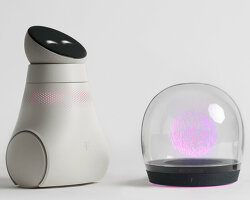KEEP UP WITH OUR DAILY AND WEEKLY NEWSLETTERS
PRODUCT LIBRARY
a powerful symbol of the house’s cultural heritage, the jockey silk with colorful geometric motifs is an inspiration for leather goods and textiles.
connections: +650
we're getting ready for the pre-opening launching today until friday, with public access scheduled for the 20th.
connections: 6
watch our livestream talk with BMW Design at 19:15 CEST on monday 15 april, featuring alice rawsthorn and holger hampf in conversation.
connections: +300
the solo show features five collections, each inspired by a natural and often overlooked occurence, like pond dipping and cloud formations.
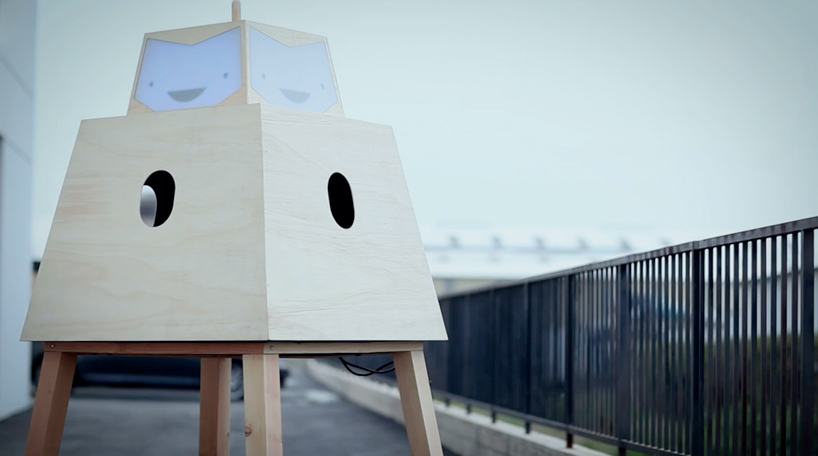
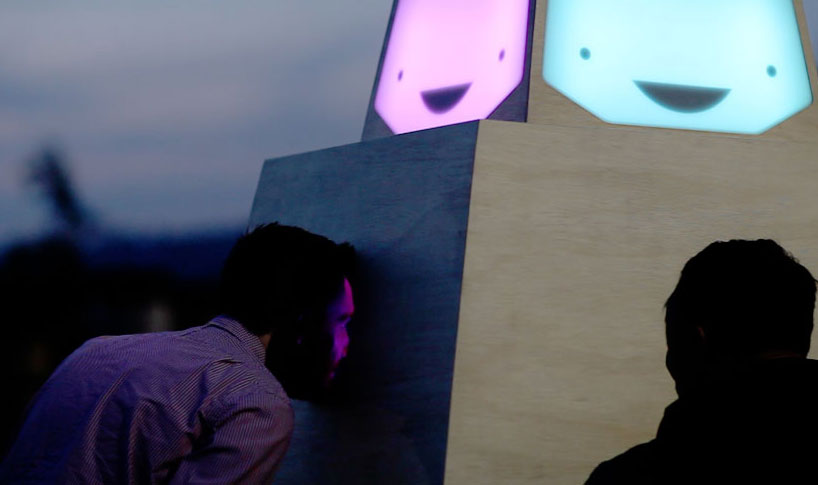 an array of color changing RGB LEDs react to each participant’s smile
an array of color changing RGB LEDs react to each participant’s smile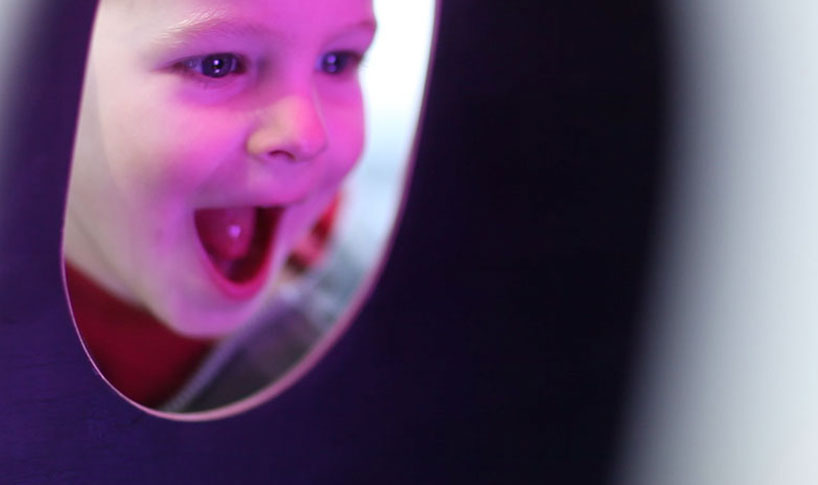 smile!
smile!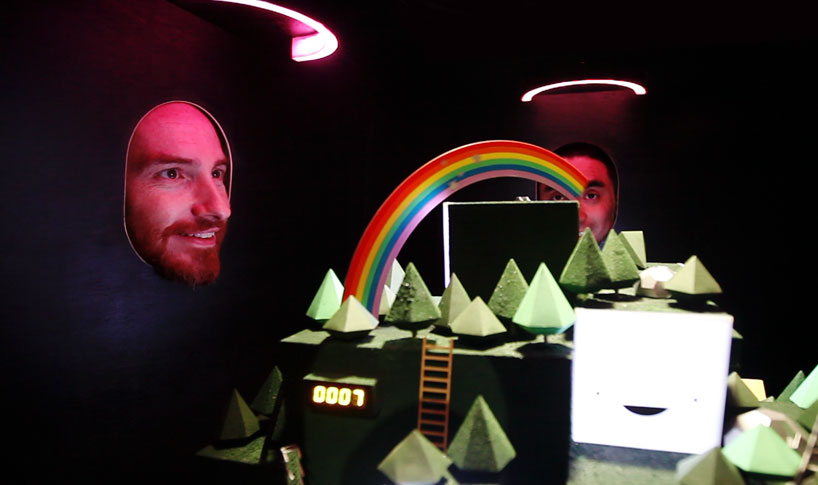 a motorized rainbow appears after four participants smile at the same time.
a motorized rainbow appears after four participants smile at the same time.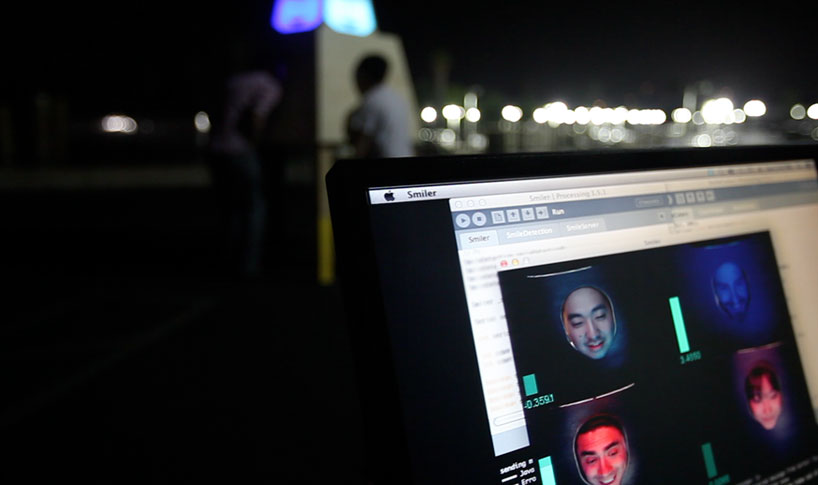 the cameras monitors participant’s faces with facial recognition technology and a custom ‘smile detecting algorithm.’
the cameras monitors participant’s faces with facial recognition technology and a custom ‘smile detecting algorithm.’
